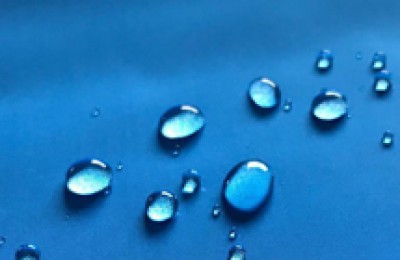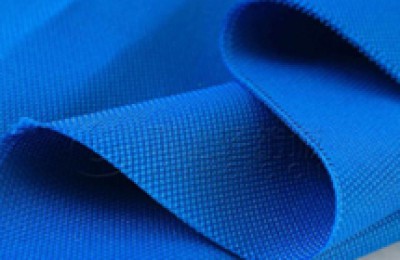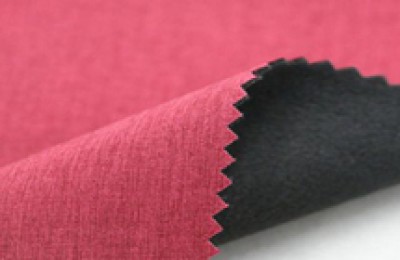Introduction: The market for polyester bottle flakes in East China continued to decline last week and fell below the previous low. As of the close of last Friday, the supply of polyester bottle flakes in East China in recent months was negotiated at 4,850-5,000 yuan/ton. In order to relieve inventory and sales pressure, a certain polyester bottle flake manufacturer shipped goods at low prices, attracting many traders to restock.
The supply of PTA at the raw material end has further increased recently , the market price center of gravity continues to decline. The support on the cost side has collapsed, and the demand side has become increasingly sluggish. The market for polyester bottle flakes has been helplessly declining. Terminal soft drink consumption has entered the traditional off-season, and the start-up of the mainstream soft drink industry has declined to varying degrees. In addition, the supply of goods this year has been locked in advance, so new demand is limited. The overall start-up of the sheet industry was also lower than that in the second quarter, and the start-up of some processing companies that relied on export orders fell to 50%. This year we are always witnessing history: the price of polyester bottle flakes hit a record low, and the mainstream market in East China fell to 4,925 yuan/ton.
As of August, the cumulative output of the soft drink industry in 2020 was 107.128 million tons, a decrease of 395,000 tons compared with the same period last year. 0.37%. As the main downstream of polyester bottle flakes, the soft drink industry has little change in quantity according to data from the National Bureau of Statistics. But starting from the end of the third quarter, soft drink production will begin to decline. According to data from previous years, after entering October, soft drink production has dropped by nearly half compared with the peak season. Looking forward to the fourth quarter, the reduction in soft drink production will simultaneously drag down the consumption of polyester bottle flakes. According to the bidding situation of mainstream soft drink companies, all supply sources for this year have been locked in advance. Now we are mainly purchasing supplies for the first and second quarters of next year. Therefore, in the fourth quarter, the new demand for polyester bottle flakes from soft drinks was limited.
As of September 25, the polyester bottle flake industry was operating at 82.49%, with a daily output of nearly 30,000 tons. The inventory and sales pressure of most factories have increased, and companies with off-site warehouses have transferred part of their supply to off-site warehouses. Factory inventory days are highly polarized, with the highest reaching 25 days and the lowest being less than 10 days. In order to relieve inventory, some factories are shipping goods at low prices in advance. However, downstream processing companies are not very enthusiastic about stocking up, and they mostly purchase on demand. If shipments cannot be improved, it is expected that some factories will be on the verge of inventory expansion after the National Day holiday.
There are currently two units parked: Jiangyin Chenggao with a capacity of 1.2 million tons and Liaoyang Petrochemical with a capacity of 100,000 tons. Later production reduction and maintenance plan: Jiangsu Baosheng 150,000 tons. In October, Zhejiang Wankai produced 550,000 tons, which is expected to last for one month; Yizheng Chemical Fiber produced 150,000 tons; in November, Shanghai Yuanfang produced 150,000 tons, which is expected to last about 15 days. The supply side shows a gradual decreasing trend. But demand is weak and it will take a long time for high inventories to ease.
In the fourth quarter, PTA still has new equipment put into production, and there is insufficient support from the raw material side. Neither the supply nor demand of polyester bottle flakes has been boosted by positive factors. The bottle flakes market is expected to continue to be weak. Whether prices can stop falling depends on the production reduction efforts of bottle flake factories and the control of overseas epidemics. </p







